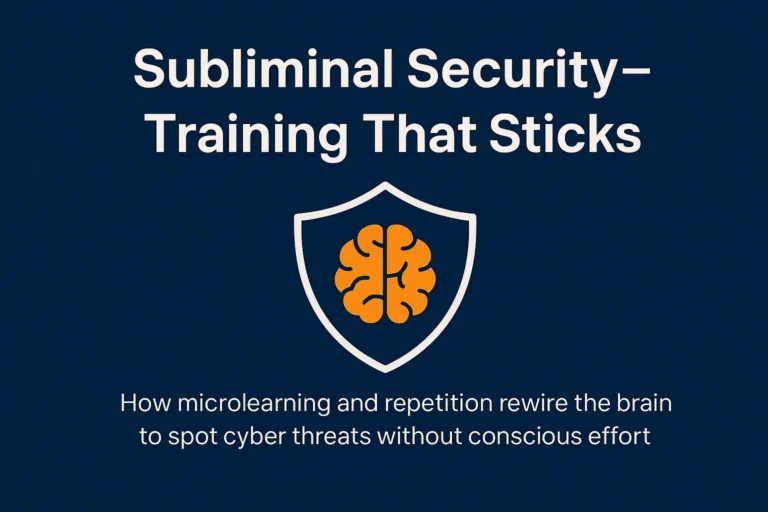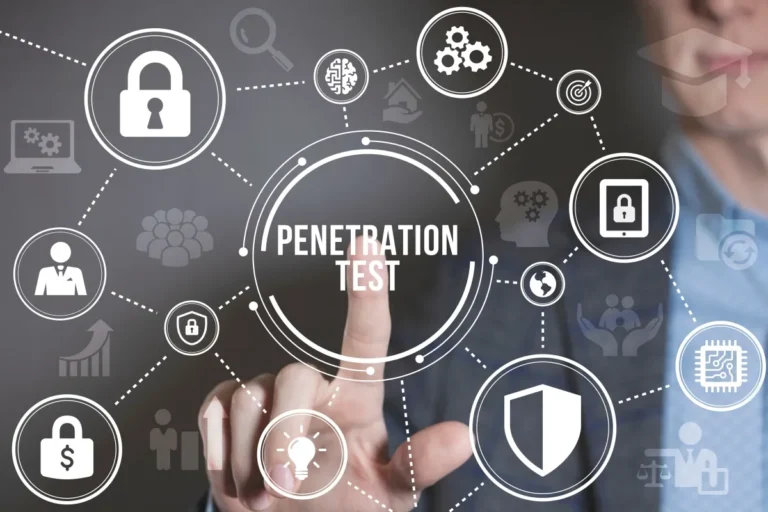Free WiFi is not risk free.
Many businesses are now always on and availability to access company data at any time of the day has dramatically increased. End users are commonly accessing company data through a variety of methods. One of these is free or public WiFi offered by third party companies, coffee shops, airports, supermarkets etc. You may forget to Protect your privacy when using free WiFi.
Connecting to these networks is convenient however it is easy to forget that you are connecting to a system that many others have access to and they are commonly not encrypted using WiFi protection technologies such as WPA2. You are often free to connect simply by locating the connection and at most entering an email address or phone number on a captive portal. In this modern age of connectivity, hackers are very interested in users connecting to these services.
Utilising a myriad of easy to use tools, they can intercept data including passwords. By connecting to the same network, they can expose all devices and from there attempt to gain access.
Below are a number of different ways a hacker may attempt to gain access to your critical, confidential data.
Man-in-the-Middle – Secretly relays and may alter the communication between two parties who believe they are directly communicating with each other.
Page Spoofing – Used to harvest login data, websites are spoofed to look like legitimate sites, attempting to trick end users.
Malware – A small application that will give the attacker access even when you are not on public WiFi.
Keylogging – Part of the Malware, this logs every single key you press and sends it to the attacker silently.
Evil Twin – A WiFi access point that appears legitimate but tricks users into connecting to a malicious hotspot.
Cookies – Accepting cookies on a safe network is a normal practice, but on a public wi-fi, these can be used to track your browsing history, your login details and so on.
To summarise the information attackers can access are IP address, location, websites you visit, personal communications such as emails and chats, files you send and passwords etc.
The hackers end goal is to compromise systems but also maintain that access for future gain.
So what can I do?
Whilst the age old maintaining vigilance online is still valid this is not always enough but don’t worry, it is not all bad news. At CTO we are dedicated to ensuring company data and systems are always secure.
Firewall – A device used to secure networks and devices. CTO deploy enterprise grade solutions efficiently allowing SME’s to afford high level security.
VPN – Encrypts network traffic with industry standard encryption levels. We utilise clients on end user PCs that can automatically route traffic flow through a trusted perimeter device to establish secure communications and data tracking even when on a public WiFi network.
SSL Inspection – Ensuring even traffic accessed via https:// is checked for malicious code and content.
Two Factor Authentication – 2FA adds another layer of security. The website will challenge you for a code usually provided by an app on your phone. The hacker will not have this and is prevented access.
Strong Passwords – This almost goes without saying, however many users make the mistake of ‘one password fits all’. If a hacker gained this password they would have access to everything. CTO can assist you in best practices for passwords.
Here at Core Team One, we are pushing the importance of IT security, contact us for further information on how to protect your privacy and confidential company data.



